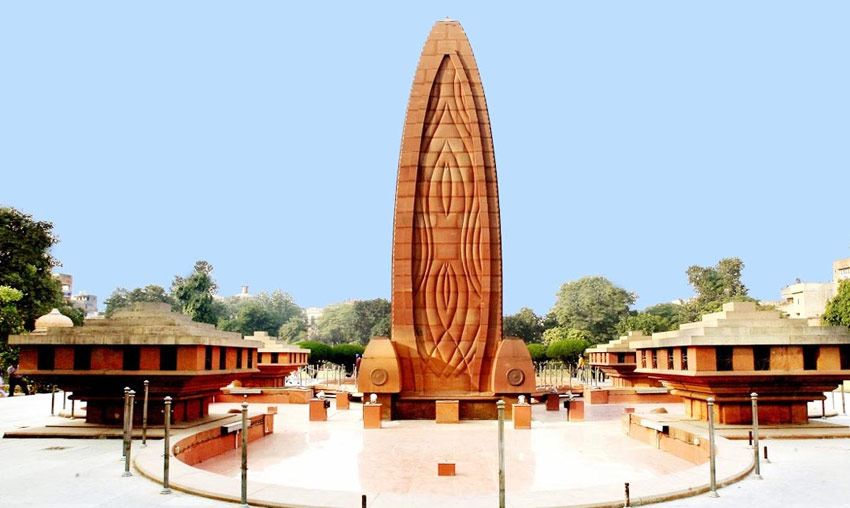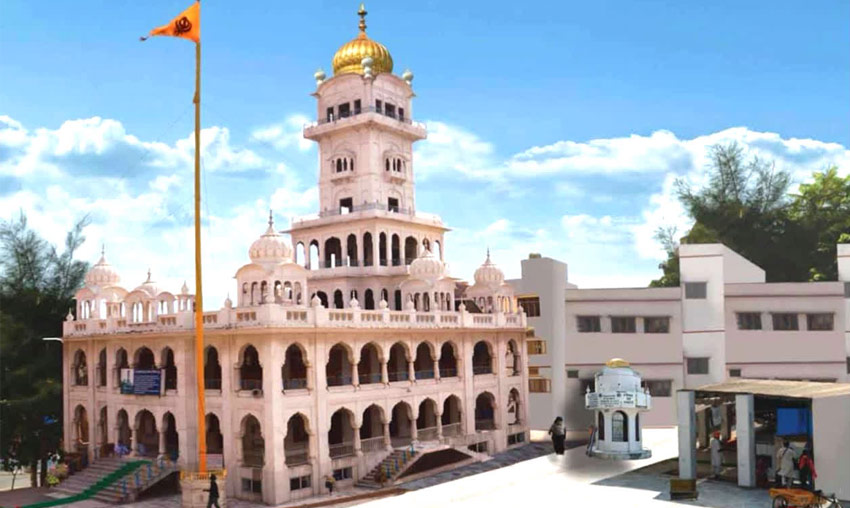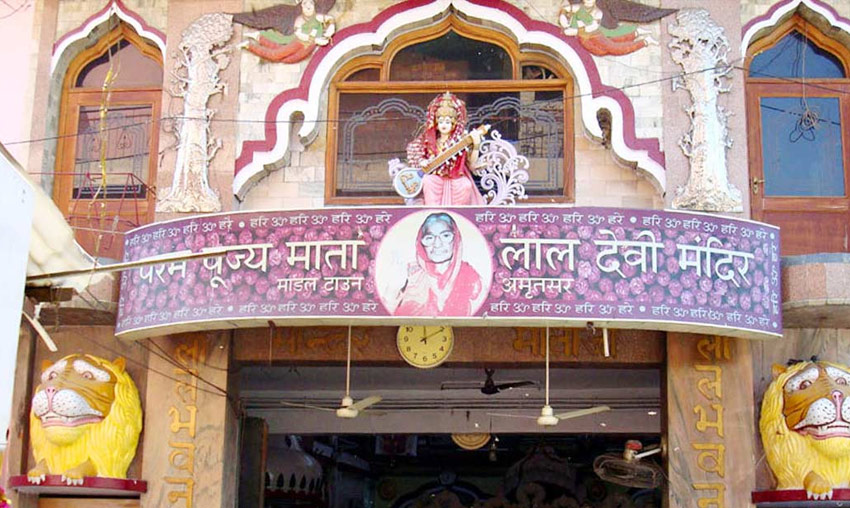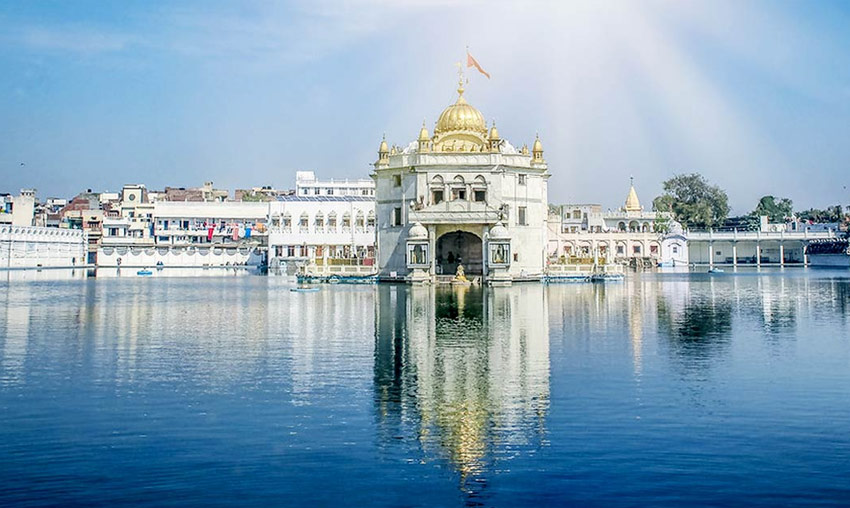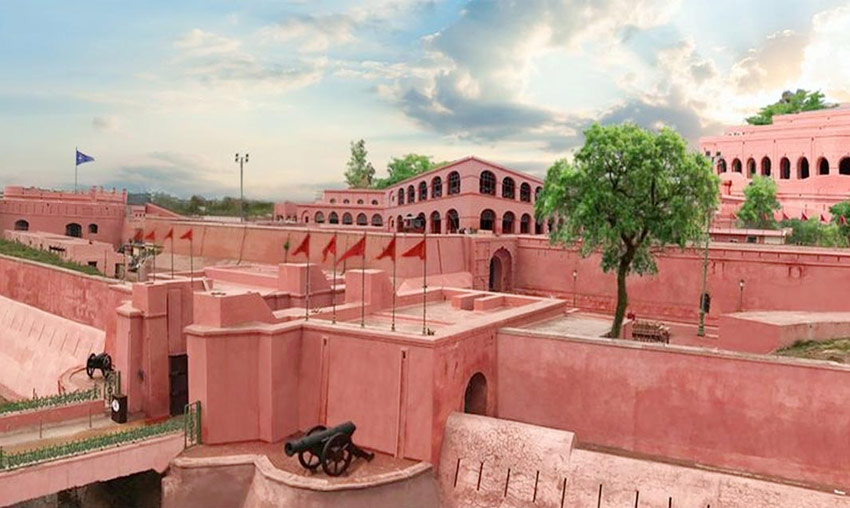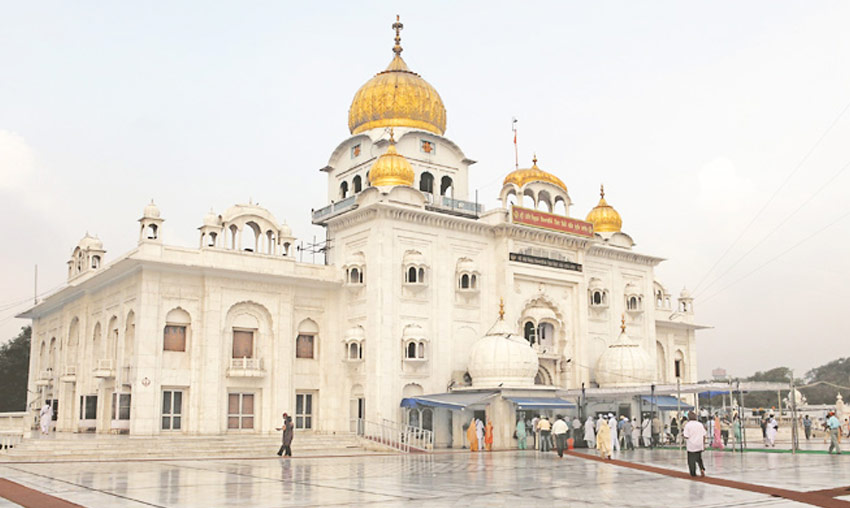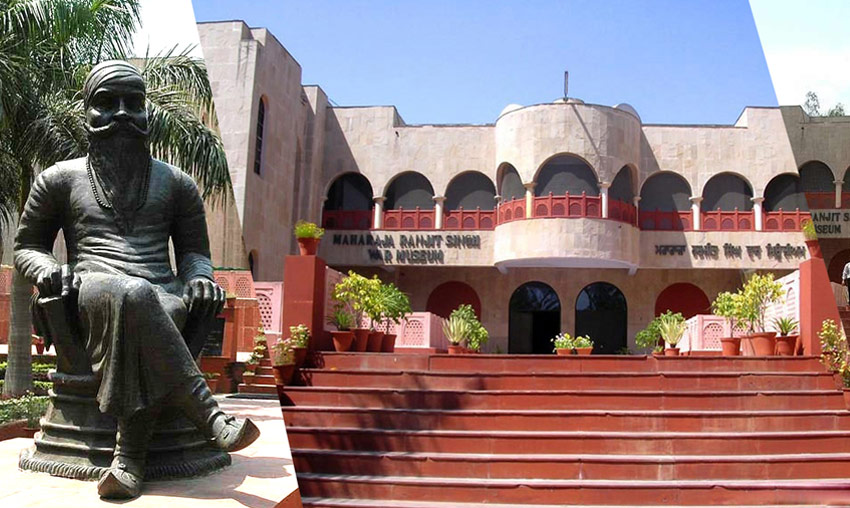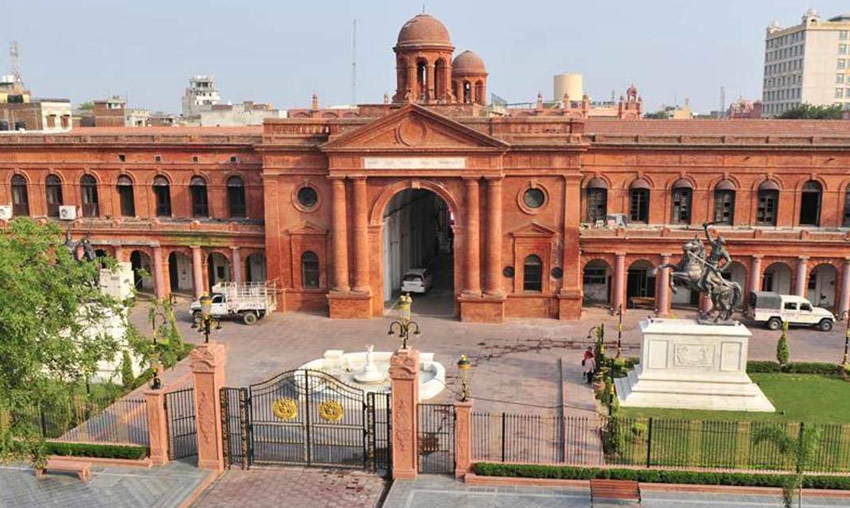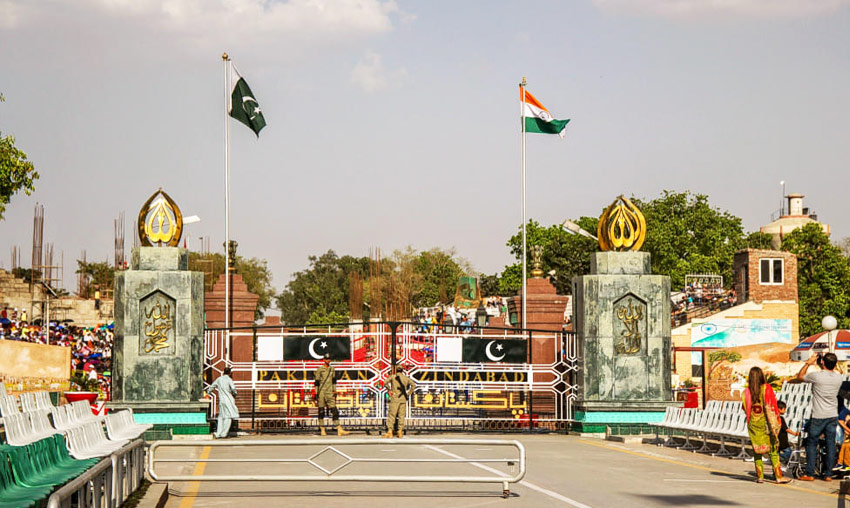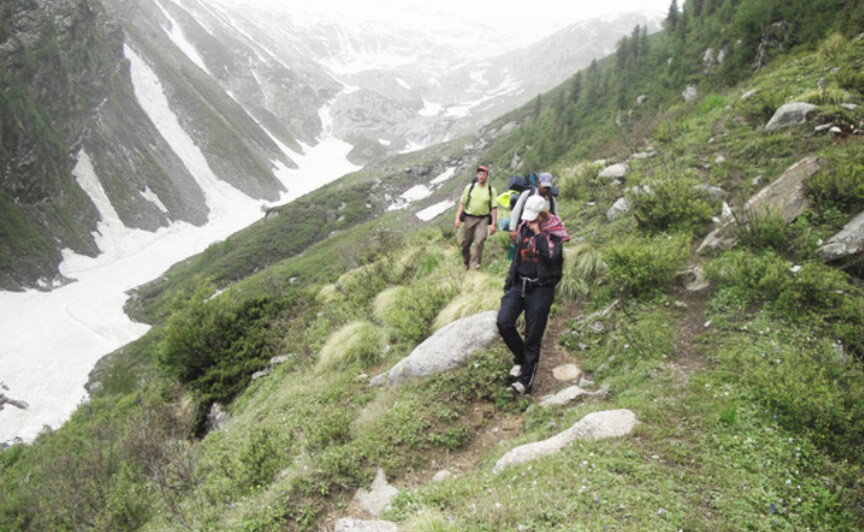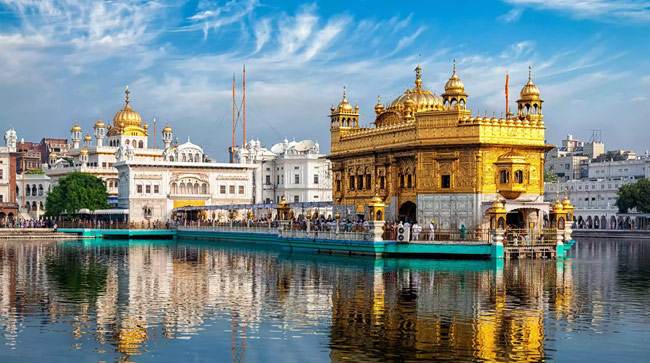Jallianwala Bagh Amritsar (Entry Fee, Timings, History, Built by, Images & Location)
A memorial to the British forces’ slaughter of peaceful celebrants is located at Jallianwala Bagh, a public area close to the well-known Golden Temple of Amritsar. Jallianwala Bagh, which occupies 6.5 acres, is linked to one of the most tragic days in Indian history, when hundreds of innocent people were murdered on General Dyer’s orders while they were celebrating Baisakhi in peace. The Jallianwala Bagh National Memorial Trust now oversees the area, which has been transformed into a lovely park.
A memorial tablet that acts as a historical record is located at the entryway. The nation was deeply scarred by the awful event, and a memorial was built for the innocent people who perished in this terrible catastrophe after independence. Dr. Rajendra Prasad officially opened the genocide memorial on April 13, 1961, after it had been established by the Indian government in 1951.
There are several buildings on the property that serve as reminders of the horrors that took place there. These include a well where many individuals jumped to escape the barrage of bullets and a wall that still has the marks of the bullets that were thrown aimlessly at the population. Over a thousand Sikhs, Muslims, and Hindus are thought to have died in this heinous attack. This is where a small, historically significant alley runs. The Jallianwala Bagh still exudes an unusual quiet that makes one feel both sorrowful and at peace in ways that cannot be described.
Jallianwala Bagh Massacre
After Miles Irving’s civil administration came to a standstill, Brigadier General R.E.H. Dyer arrived in Amritsar in April 1919 and took control of the city. General Dyer declared a prohibition on public gatherings and conventions because he feared an insurrection, but this information was not widely disseminated.
To commemorate the festival of Baisakhi, a peaceful assembly of people gathered at Jallianwala Bagh on April 13, 1919. General Dyer led a battalion of 90 Sikh, Gurkha, Baluchi, and Rajput soldiers from the 2-9th Gurkhas, the 54th Sikhs, and the 59th Sind Rifles on a march towards the Bagh after learning of the gathering. On an elevated platform in the garden, Dyer and the troops declared that thousands of peaceful, unarmed Indians would be fired upon without warning.
Dyer killed defenseless and unarmed men, women, and children by firing until the ammunition ran out. According to official British Indian sources, 1,200 people were injured and 379 people died in the tragedy. But according to the Indian National Congress, there were an astounding 1,500 victims, 1,000 of whom died from gunshot wounds.
Jallianwala Bagh Wall and Well
Two specific constructions in the garden give visible form to the wounds that the British threw at Jallianwala Bagh. These two buildings serve as solemn memories of our fight for independence and the sacrifices made by our forebears.
The first is a wall near the park’s end that is still covered in marks from up to 36 bullets that were fired at the throng. Many attendees of the conference had jumped into the second well, which is located close to the park’s entrance, to avoid the gunfire. Hundreds of dead bodies were pulled out of the well once the gunfire had stopped.
How To Reach Jallianwala Bagh
The distance between Jallianwala Bagh and Golden Temple in Amritsar is just 1.3 kilometers. From the temple itself, it’s a quick stroll to this location. From anywhere in the city, you may just take a bus, cab, or autorickshaw to get to the park.
